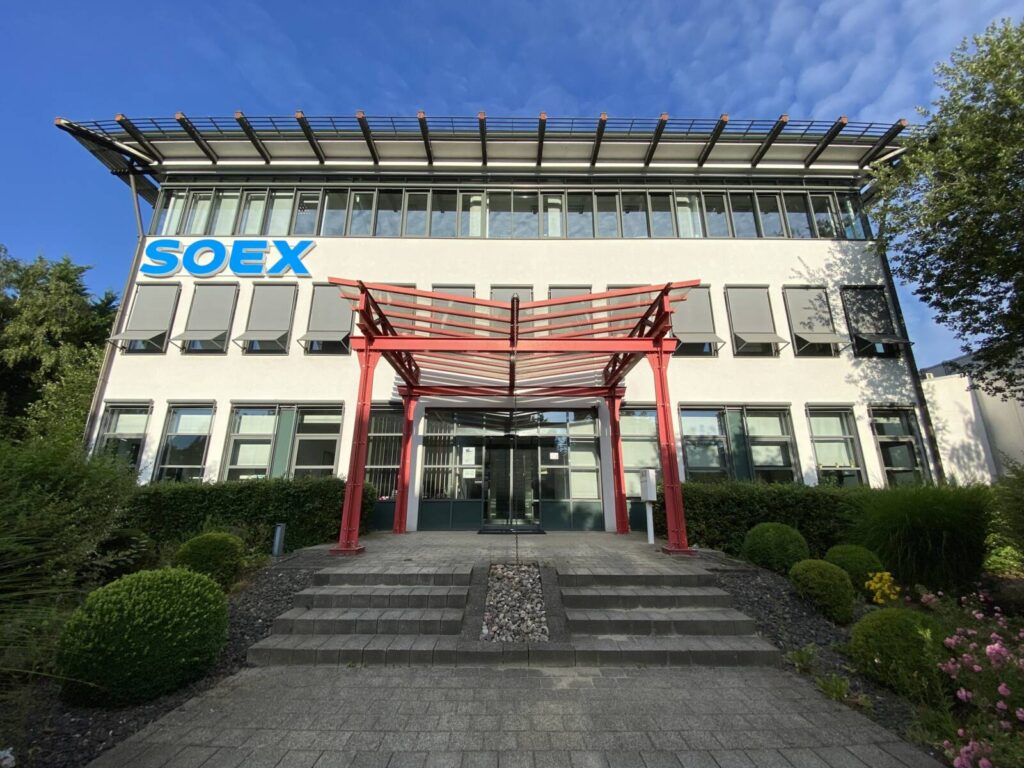OPINION: The UK and EU textile collection industries have long played an essential role in global sustainability and waste reduction. However, both sectors today are facing mounting challenges—operational costs, regulatory pressures, and strained export markets—all of which underscore the need for urgent reforms to ensure their future viability. These challenges also highlight the critical need for a collaborative, structured approach to address the root causes of overproduction and unsustainable consumption.
In the UK, approximately 1.2 million tonnes of post-consumer textiles are collected annually. Despite these efforts, over 52% of textiles in the UK still end up in residual waste streams, highlighting the need for more robust infrastructure and broader consumer education on textile recycling. These numbers indicate that, while the collection industry diverts hundreds of thousands of tonnes from landfills / incineration, there is still a long way to go in making textile waste diversion truly effective.
The export market is central to the UK textile collection industry, with 60-70% of collected textiles (around 700,000 to 850,000 tonnes) shipped abroad each year. Primary destinations include Sub-Saharan Africa, Eastern Europe, the EU, and parts of Asia. This dependency is not only financial but also functional, providing an essential pathway for items with limited domestic demand. However, recent logistical strains, including heightened freight costs, extended transit times, and regulatory shifts in receiving countries, have added significant pressures.
The EU textile recycling industry faces similar issues. With limited domestic markets for second-hand goods, EU countries also rely on exports to manage their collected textiles. However, market access is increasingly complicated by policy shifts in East Africa and other regions seeking to protect their domestic textile industries. For both UK and EU collectors, these challenges mean navigating volatile and often constrained markets while maintaining competitive operations.
A recent development within the EU sector illustrates the fragility of the used textile market. Germany’s SOEX Group, a leading European player in textile collection and recycling, recently entered administration, primarily due to mounting operational costs and strained market conditions. Known for its extensive sorting and recycling infrastructure, SOEX’s struggle highlights the intense financial pressures even established organisations face. The case of SOEX is a cautionary tale for the wider EU textile recycling sector, indicating that operational sustainability is at risk if underlying structural issues are not addressed.
Both the UK and EU are also contending with the fallout of ultrafast fashion’s relentless growth. Low-quality garments with short life spans flood the market, resulting in an oversupply that exceeds both domestic demand and export capacity. This trend increases the operational burdens on textile merchants, who must manage surplus goods that lack value for either resale or recycling. The problem is compounded by increasing operational costs, including fuel, insurance, and labour, all of which continue to escalate.
In addition to these pressures, export markets face significant disruptions from external factors such as rising import tariffs in certain African countries and a stronger British pound. Collectors are experiencing cash flow issues in these markets, and there is limited liquidity to continue placing orders for goods. Combined with the complexities of volatile transit times, growing import restrictions and extended payment terms, the result is an industry facing supply chain uncertainties on nearly every front.
With limited pathways for dealing with surplus textiles, the environmental implications of not acting are stark. Both the UK and EU sectors divert hundreds of thousands of tonnes of textile waste annually, but with export channels narrowing, there is a growing risk that more textiles may end up incinerated or landfilled. In the Netherlands, incineration has already become a last-resort solution, with significant environmental costs. For the UK, an influx of unsold textiles without proper disposal outlets could have a similar outcome.
Addressing these complex issues requires more than piecemeal policy changes. In the UK, there is a pressing need for industry regulation and an Extended Producer Responsibility (EPR) scheme that fairly allocates the cost of textile waste and promotes investment in domestic recycling infrastructure. While EPR would provide a critical boost to the industry, it is not a silver bullet; overproduction and overconsumption must also be addressed through comprehensive, cross-industry reform.
In the EU, the industry must see improvements in both funding and regulatory support, ensuring textile recyclers and exporters have the resources needed to handle rising collection rates and comply with new environmental mandates. Collaborative policies with international trade partners will also be essential to protect and stabilise the export markets that are crucial for industry viability.
The UK and EU textile collection industries have reached a critical juncture. To secure a sustainable future, industry stakeholders, policymakers, and global partners must work together to create a fair and stable market structure that accounts for the complexities of textile waste management and the ever-evolving global market. By addressing the root causes of overproduction and enhancing operational support, there is an opportunity to establish a circular model for the textile industry that not only sustains the sector but also contributes meaningfully to global sustainability goals.










Subscribe for free